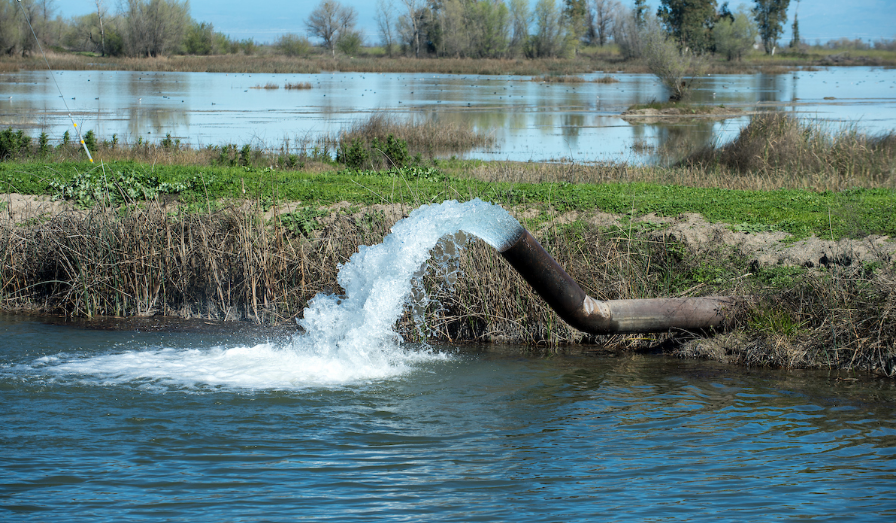Groundwater Management: A Global Projects Breakdown Into 5 Steps
Groundwater management is essential for the sake of future generations. However, if it is not protected well, the world has to go through difficult circumstances.
Groundwater is water that exists below the ground’s surface and can affect the Earth’s climate. The quantity of groundwater is controlled by natural factors such as precipitation and evaporation, human activities like agriculture and pollution, and natural processes like geology and erosion. Therefore, groundwater extraction is essential for people of many countries to get clean water.
This article will discuss the critical steps for groundwater management.
Step One – Collecting Data for Groundwater Monitoring
Many ways can be used when collecting groundwater data, depending on various factors in each particular location. This process could include things like field surveys, remote sensors, water quality tests and soil sampling.
Data collection can also be done through one or more extraction wells connected to single water well. This will help the environmental specialists collect valuable data about groundwater quality.
Groundwater monitoring is an essential part of environmental data collection. The goal of groundwater monitoring is to determine the health of groundwater in terms of pollutant levels, water quality, and quantity.
Step Two – Establishing a Scientific Baseline for Groundwater Monitoring
If the data from your monitoring does not meet the minimum standards, you can use a scientific baseline to improve your process. For example, if one region has had poor year-round water quality for a while, then the baseline might be set at that point, and more stringent criteria will be used for future samples.
Step Three – Mapping Outground fresh Water Distribution and Detection of Impacts on Nearby Activities
“Step three is to map out groundwater distribution impacts on nearby activities. This step requires the use of the GroundWater Mapper tool, which will allow you to see where and how much water is available.”
This tool can be used for various purposes, such as: identifying locations that will experience flooding due to extreme weather events, locating underground water sources, figuring out how deep groundwater levels are, and more.
Step Four – Managing Groundwater Development and Protecting Environment and Critical Infrastructure
The fourth step in the Groundwater Development Master Plan is protecting the environment and critical infrastructure from groundwater impacts.
There are three ways to protect these resources: mitigation, adaptation, and restoration. Mitigation refers to preventing groundwater from entering into a resource or reducing its impact through engineering or operational methods.
Adaptation refers to changes in management practices that help minimise damage from groundwater use by reducing risks and limiting has implications on a resource. Restoration refers to reversing the impact of groundwater on a resource by stabilizing the system and restoring the natural flow of surface water or underground flows.
Step Five – Evaluating the Results
The final step in this process is evaluating and implementing best practices for future projects. Based on the groundwater management research results, researchers can suggest which actions are essential to take.



